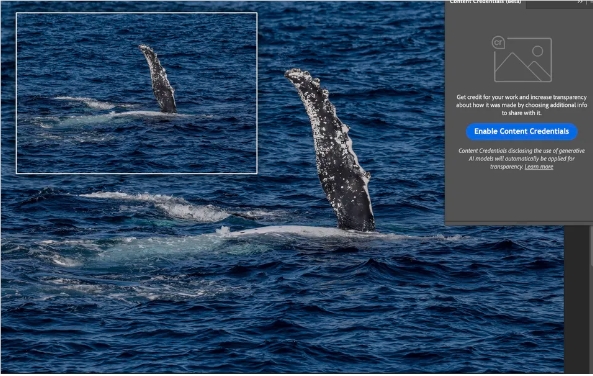Recently, Google announced the introduction of a new feature in its search results aimed at helping users better understand how content is created and modified. This move comes after Google joined the "Coalition for Content Provenance and Authenticity" (C2PA), which includes major brands like Amazon, Adobe, and Microsoft, dedicated to combating online misinformation.
Google stated that this new feature will be rolled out gradually over the next few months, utilizing the current content credential standards (i.e., metadata of images) to tag AI-generated or edited images in search results, enhancing user transparency.
Users will be able to click the three dots above the image and select "About this image" to see if it is AI-generated. This feature will also be available through Google Lens and Android's "Circle to Search" function. However, it is important to note that this tag is not very conspicuous, and users need additional steps to confirm the origin of an image.

In recent years, with the development of AI technology, issues with deepfake videos and AI-generated images have become increasingly severe. For example, Trump once released a fabricated image of Taylor Swift endorsing his campaign, causing significant misunderstanding and controversy. Additionally, Taylor Swift has been subjected to malicious AI-generated images, raising doubts about the authenticity of AI images.
Although the launch of this feature by Google is a good start, there is still concern about whether this hidden tag is effective enough. Many users may not be aware of the existence of the "About this image" feature, thus may not fully utilize this new tool. Furthermore, currently, only a few camera models and some software have implemented content credential functions, limiting the effectiveness of the system.
A study from the University of Waterloo found that only 61% of people can distinguish AI-generated images from real ones, meaning that if Google's tagging system is not effectively used, it will be difficult to provide users with true transparency.
Key Points:
🌟 Google will introduce a new feature to tag AI-generated and edited images, enhancing user transparency.
🔍 Users can check if an image is AI-generated via the "About this image" function, but the tag is not prominent.
📉 Research shows that only 61% of people can differentiate AI images from real ones; Google needs to enhance the visibility of the tags.
